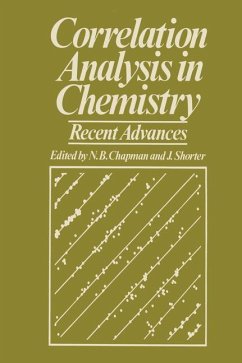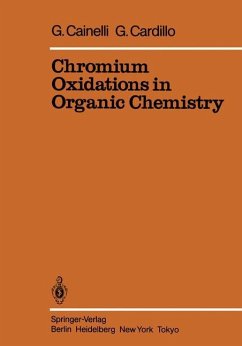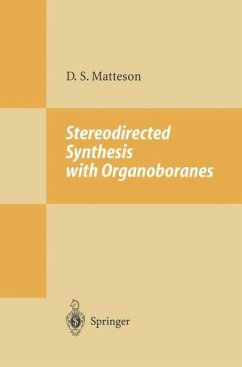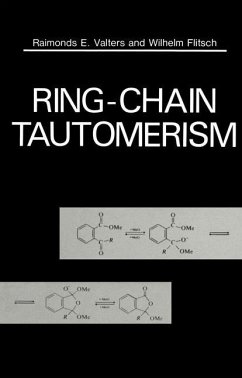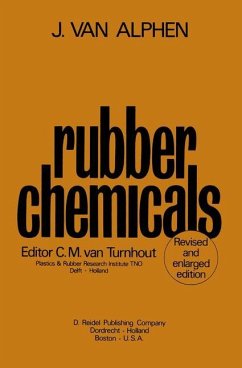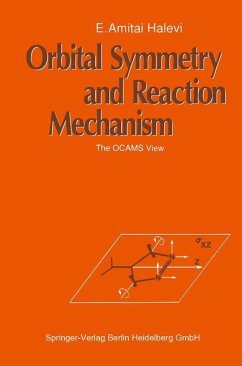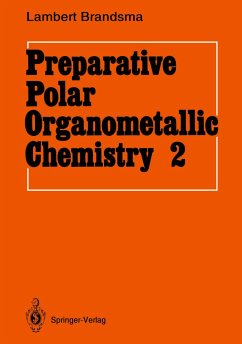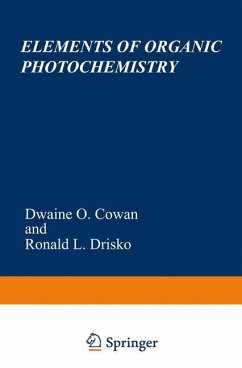
Elements of Organic Photochemistry

PAYBACK Punkte
39 °P sammeln!
In the past fifteen years organic photochemistry has undergone a greater change and has stimulated more interest than probably any other area of organic chemistry. What has resulted is a population explosion, that is, an ever-increasing number of organic chemists are publishing important and exciting research papers in this area. Professor Bryce-Smith in the introduc tion to a recent volume of the Specialist Periodical Report (Photochemistry, Volume 6), which reviews the photochemical literature in yearly intervals, states that "the flood of photochemical literature is showing some signs of ab...
In the past fifteen years organic photochemistry has undergone a greater change and has stimulated more interest than probably any other area of organic chemistry. What has resulted is a population explosion, that is, an ever-increasing number of organic chemists are publishing important and exciting research papers in this area. Professor Bryce-Smith in the introduc tion to a recent volume of the Specialist Periodical Report (Photochemistry, Volume 6), which reviews the photochemical literature in yearly intervals, states that "the flood of photochemical literature is showing some signs of abatement from the high levels of two or three years ago .... " However, Volume 6 of that periodical contains 764 pages of excellent but very concise reviews. We expect the development of the mechanistic aspects of organic photo chemistry to continue at the present pace as new methods are developed to probe in increasing detail and shorter time scales the photochemical dynamics of both old andnew photoreactions. Since photochemistry is no longer the sole domain of the specialist, it is relatively safe to predict a dramatic increase in the near future of the synthetic and industrial uses of organic photo chemistry .






